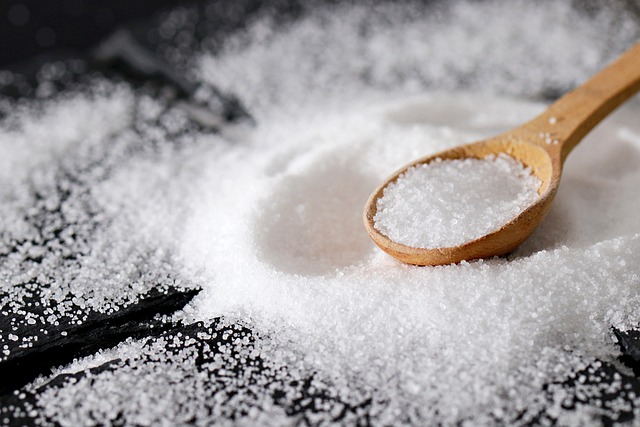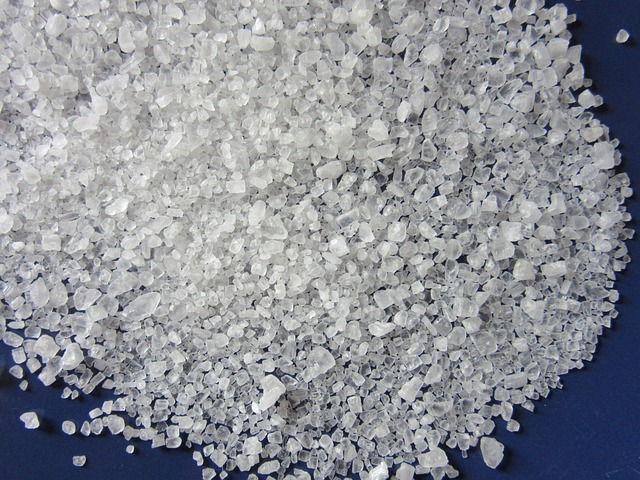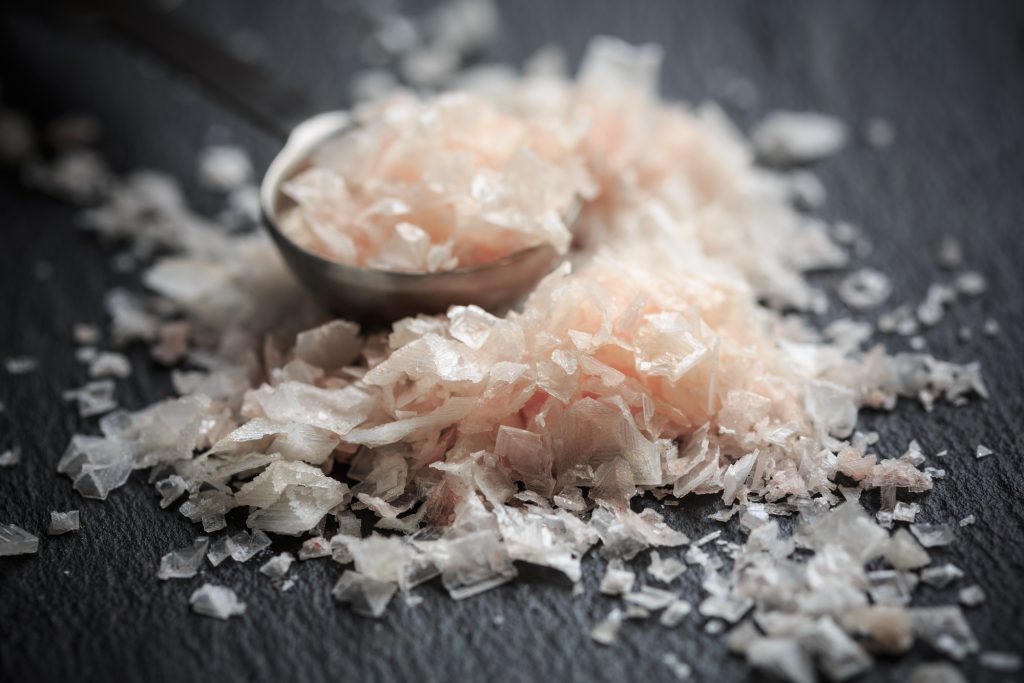Salt is one of the most important ingredients in cooking, but many people are not aware of when and how much to use. It is also difficult to know what size of grain best suits our needs – from table salt to flake varieties, which are better suited to certain tasks.
They differ not only in size but also in taste and color
The different types of salt you can buy are amazing. Not only do they differ in size, flavor, and color, but whether it’s just a little flavoring or something extra special for dinner!
In Japan, there are shops where you can buy around 300 varieties or more!
Is it healthy or harmful?
The question is complex – salt is essential for our body to function, but excessive salt consumption can be harmful. It is important to underline that ‘can be’. It is a common misconception that high salt intake in general is harmful to the body. The studies that have come to this conclusion have not taken into account the centuries-old dietary habits of different peoples, to which the body naturally becomes accustomed. Excessive salt intake activates a gene responsible for salt retention, which increases blood pressure. But this gene doesn’t work in the same way in all people, and in 2004 a team of genetic researchers at the University of Chicago showed that it becomes less active as we move away from the equator. This explains the phenomenon that while Finns eat a salty diet, it has no effect on their health and blood pressure, but if a Kenyan were taken out of his own ‘salt-consumption culture’ and moved to Finland, he would probably complain of high blood pressure problems quite quickly, from the same amount of salt as is normal for a Finnish person.
So we can say that, based on healthy people, the definition of excessive salt consumption varies from one food culture to another, so it is pointless to tackle this problem globally. Broken down by country, this is more realistic, but unfortunately, those who talk about high salt consumption are usually using studies that have not considered differentially functioning genes.
Types of salt
Salts can be divided into two broad categories, depending on where they are mined: rock salt and sea salt. Rock salt is mined salt and sea salt is salt that is distilled from seawater to the form we know. Once extracted, salt can be either unrefined or refined: refining is a process whereby the salt is dissolved in water, thus removing impurities and a number of trace elements.
For cooking
Kitchen salt
The most common type of salt, fine-grained, refined salt, can be sea or mined.

Sea salt
Sea water is channeled through canals into so-called salt marshes, where the water is evaporated by the sun and wind and the salt that remains is used later. When salt is extracted from seawater using industrial methods, it is called refined table salt.

Rock salt
Mined salt that is crushed after extraction and then sieved: the resulting salt is coarse-grained and slightly colored (blue, brown, red, grey) due to the minerals it contains.
Kosher salt
Basically all salt is kosher, this is no more kosher than any other, it is just used to bleed meat because of its larger grain size, hence the name. It’s coarse, coarse-grained, so it dissolves more quickly and absorbs moisture more easily, making it good for canning. It does not contain any additives.
The after seasoning
These are the salts you can’t cook with: the texture, flavor, and beauty that make these salts special are only enhanced by seasoning them on a piece of meat, pâté or fish, but they are increasingly popular in modern confectionery as an accompaniment to desserts or bonbons. These salts are used exclusively for post-salting finished dishes, and their flavor and texture play a role in the final design of the dish. They can indeed enhance the experience compared to normal kitchen salt, but when using them, it is worth taking into account the saltiness of the food you are preparing.
They are typically very expensive but should be considered as a condiment, not a salt.
Himalayan salt
One of the most popular salts nowadays, it is recommended for everything. This salt is mined in the world’s second-largest salt mine, Khewra. It plays a pale pinkish hue thanks to the minerals it contains. Himalayan salt is always untreated salt, which gives it a high mineral and traces element content.
Persian Blue
One of the world’s rarest salts, it comes from a salt mine in northern Iran and its blue colour is the result of refraction due to the salt’s unique structure.
Kala Namak
It comes from the mines of Kala Namak – Central India and is rich in minerals, especially iron, which gives it its dark greyish-pink hue. It has a distinctive sulfurous-sourish taste.
Hawaiian Lava
Black lava salt, the active carbon mixed with seawater before distillation gives it not only color but also valuable minerals. It is most spectacular when sprinkled on light dishes.
Red Alaea
Also from the island of Hawaii, alaea gets its color and name from the volcanic red clay – this clay is added to seawater before distillation. It has a softer taste than traditional sea salts.
Sel Gris
A moist, unrefined sea salt from the French region of Brittany. Its natural grey colour comes from the clay minerals at the bottom of the salt pans. It is collected by hand using traditional Celtic methods (like Fleur de Selt, with wooden tools).
Salt Maldon
The new discovery of modern gastronomy comes from Essox in England, where it has been produced for over 200 years. It forms flaky crystals that ‘melt’ almost immediately after salting on hot meat. Although I never thought I’d find a difference between the two salts, it’s still noticeably more delicious as you bite into a few remaining salt flakes, and then the salty sensation immediately disappears, leaving you with the perfect steak taste.
Fleur de sel
And the most elite salt of all, fleur de sel, or salt flower, is one of the highest quality unrefined sea salts from the west coast of France. As with sea salt, the sea water is channeled through canals into salt marshes, but the salt precipitated here is collected separately: only the top layer of salt is called fleur de sel. A similar process is used for the production of flôr de sal in the Algarve in Portugal, Fior di Sale di Sicilia in Sicily, and Island Blue in Oshima.

Which salt should we use for what?
To sum up, for everyday cooking I like to use unrefined sea salt, while for salads or when I’m cooking something more special (like a good quality steak or salmon) I like to use more special salts like Maldon salt or Fleur de sel. Himalayan salt is what we use in the kitchen for wagyu steak: we serve the steak on a brick carved from Himalayan salt, so it is soaked underneath with salt, and it is not bad to look at.
Last updated: September 24, 2023



Comments are closed.